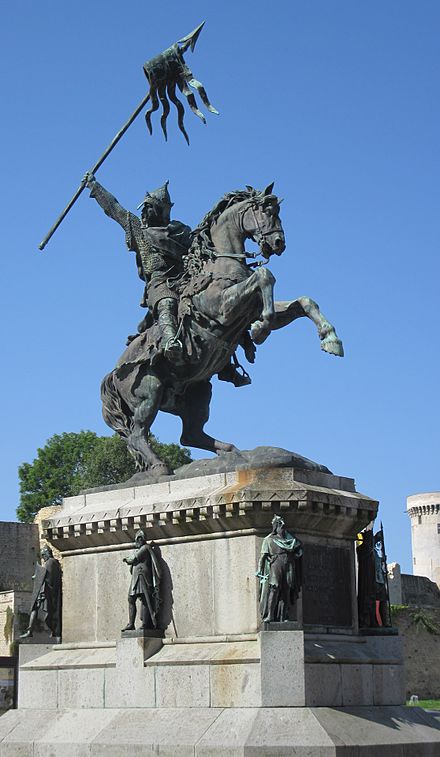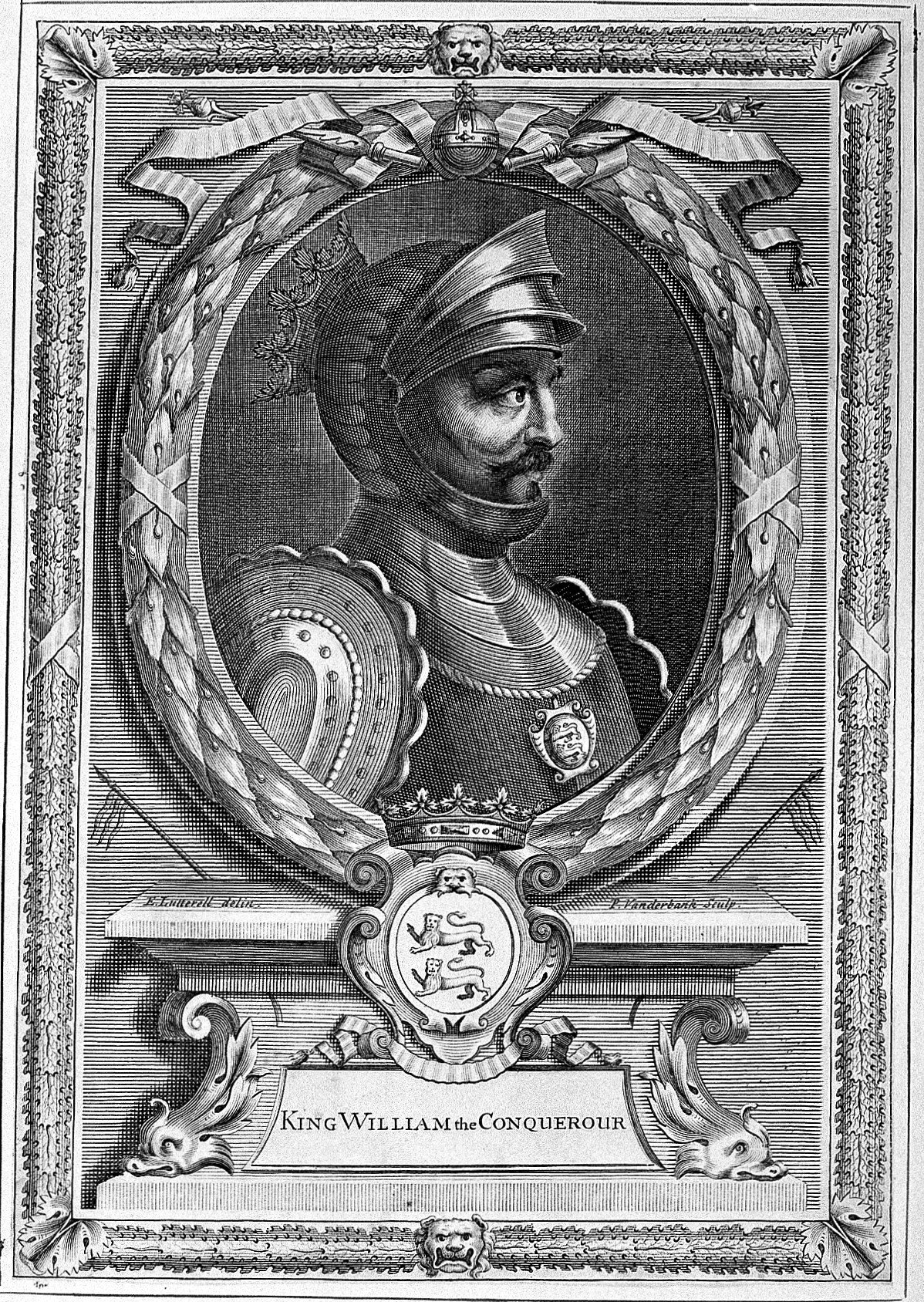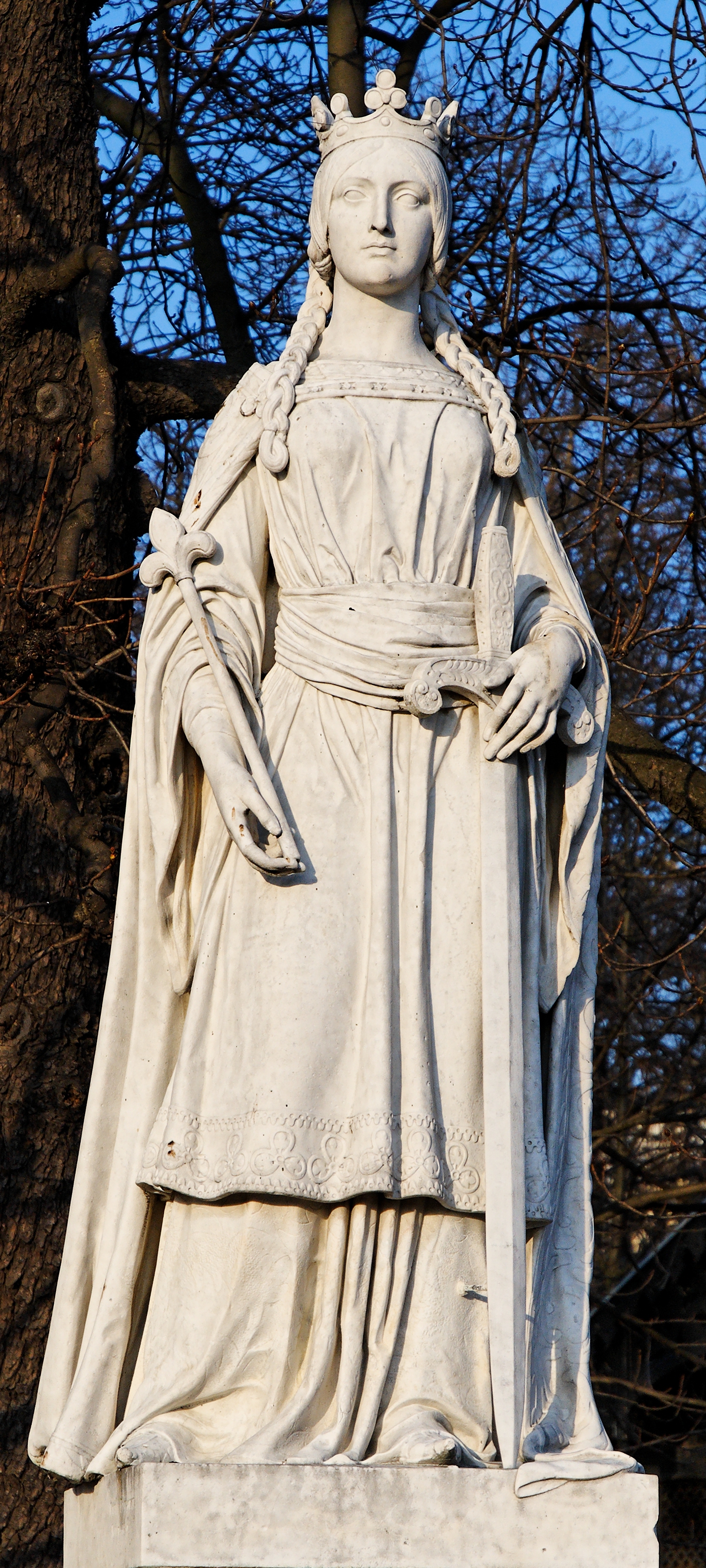William was born in Falaise, a town in Normandy, France in about 1027 or 1028. He was the only son of Robert I, Prince of Normandy. As the child of an affair between Robert I, Duke of Normandy, and a woman named Herleva, William was better known to his contemporaries as William the Bastard (William the Haram).
Apart from his real name, William also hated the insults given to his mother. During the siege of Alencon, a disputed town on the Normandy border, in the late 1040s or early 1050s, locals are said to have hung animal skins on their walls. They mock William as the grandson of a tanner (referring to the job of the grandfather from his maternal line). To repay the insult, William cut off their hands and feet.
Although his status is not a legal child from the result of marriage, William is the only son of Robert I, the Prince of Normandy. Robert died in 1035 while on his way home on a pilgrimage to Darussalam. Prior to his departure, he had appointed William as his heir. So, at the age of eight, William was already the Prince of Normandy. Far from guaranteeing him a comfortable and luxurious position, the appointment made William's position complicated. Since he was nothing more than a child who had to head over people who were older than his age, it was no wonder that these people's ambitions stood out more than his loyalty. One proof of this is that William's three bodyguards were brutally murdered and even his personal teacher was chopped off by his neck. With the help of the King of France, Henry I (who was not a mere symbol) William was fortunate to be able to continue to see the sunshine in his early years. His fate was not as bad as his personal bodyguard or teacher.












Comments
Links